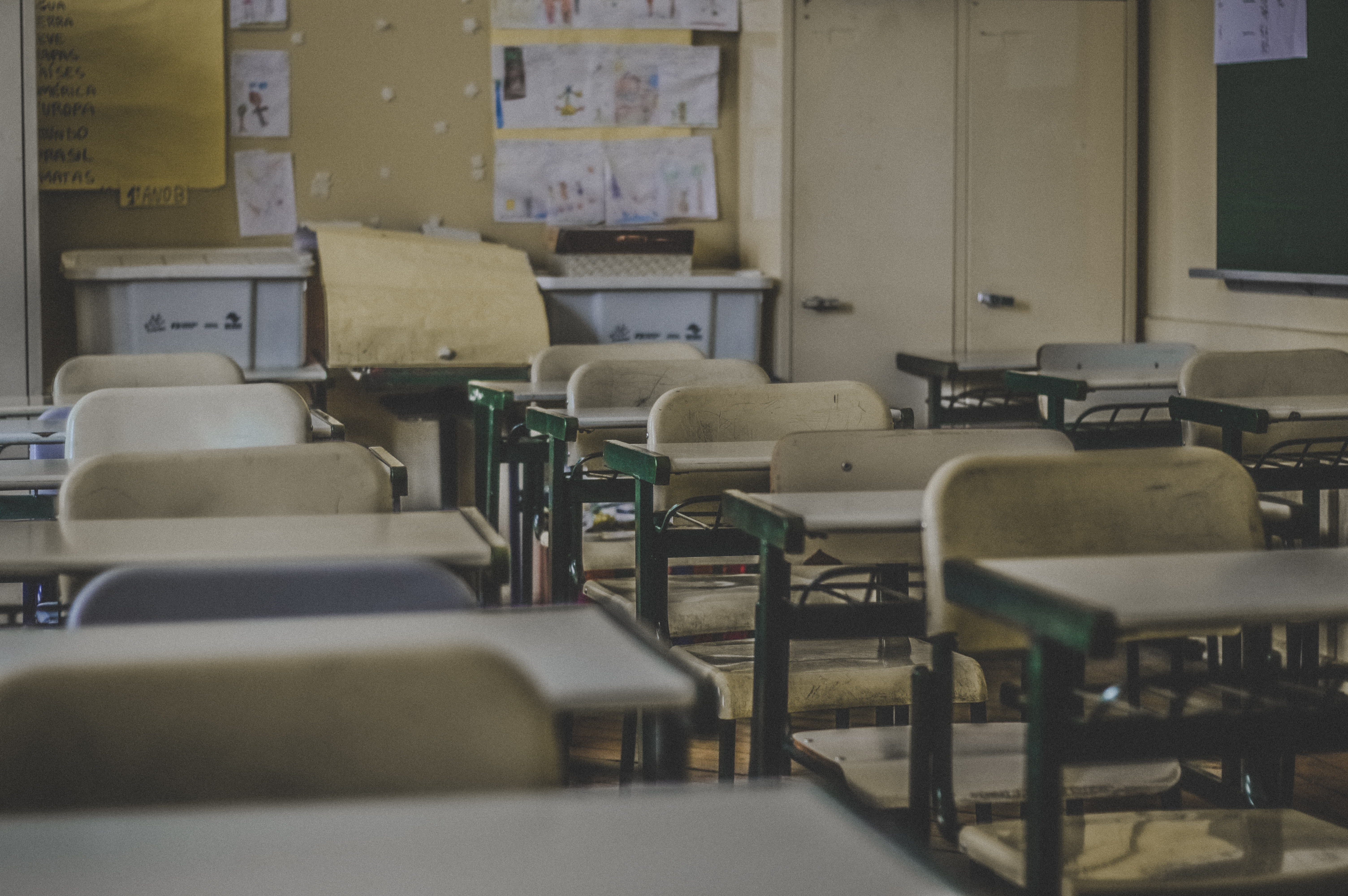In an environment that should be focused on learning and nurturing, it’s terrible that educators and parents are worrying about protecting children, teachers and others from violence. Even beyond well-founded emotional appeals for an immediate remedy, many school districts and parents are looking to take action to protect classrooms, but lack the funds to retrofit, renovate or reconstruct school facilities.
For these reasons, the concept of barricading a door has gained traction along with a variety of products that perform this function. It looks like a fast, cheap and effective way to keep a shooter out of classrooms. But the reality is that barricades increase the danger to students and staff, during active shooter and other events.
Here are three reasons you should never barricade a classroom door.
- It locks first responders and authorities out of the room
There are no credentials or keys that will unlock a barricade. If a criminal enters a classroom and barricades the door, the potential for harm is greatly magnified. Further, a barricade can be used to prevent people from leaving the room; this was used to tragic effect in the recent shooting at the Capitol Gazette in Annapolis. According to multiple news reports, before entering the newspaper’s office, the gunman barricaded a rear exit door to prevent people from escaping; five people were killed in the attack.
- Barricades block evacuation in case of fire
The need to keep people safe in the event of a fire has spawned an entire industry and significant legislation. Fires are far more common than active shooter incidents:
Between 2000 and 2013, according to National Fire Protection Association (NFPA), there were 1,456,500 non-residential structure fires in the United States, with 1,260 civilian deaths and 21,560 civilian injuries. For the same period, the FBI counted 160 active shooter attacks resulting in 487 deaths and 557 injuries.
Barricades can turn a classroom into a trap. Many are not designed with any safe-egress measures and can be difficult-to-impossible for a disabled person to remove. For these reasons, the use of barricades actually violates life safety codes.
When you combine the possibility of a fire, smoke or other hazard together with a barricade that prevents first responders from entering the room, the possibility of harm and damage becomes much greater.
- Safer options are available
Despite the clear risk they present, barricades continue to be purchased for use in schools. Why? The danger seems “worth it” for a solution that is inexpensive and easy to deploy.
This argument melts away when you know that there are other options available that cost less, are easier to use, comply with life safety codes, and – most important – do a far better job of keeping students and teachers safe.
Until now, there had never been a set of code standards specifically written for active shooter scenarios. However, in May 2018 the NFPA released the first active shooter/hostile event standard, including guidance for planning, response, and recovery. This information should help influence schools to look at better solutions and help drive unsafe products – like barricades – off the market.
In the meantime, products that profess to help keep people safe are coming to market at a rapid pace. It can be difficult to determine the best choice, especially for teachers, administrators and parents who are not familiar with safety codes or trained in security best practices – and who never expected to be part of a discussion on life safety for children at school.
While barricading a classroom door against intruders might seem like a simple solution, it actually creates hazards that are completely avoidable. It is more than worth it to learn about the newest products that solve the most pressing issues without creating new ones.

